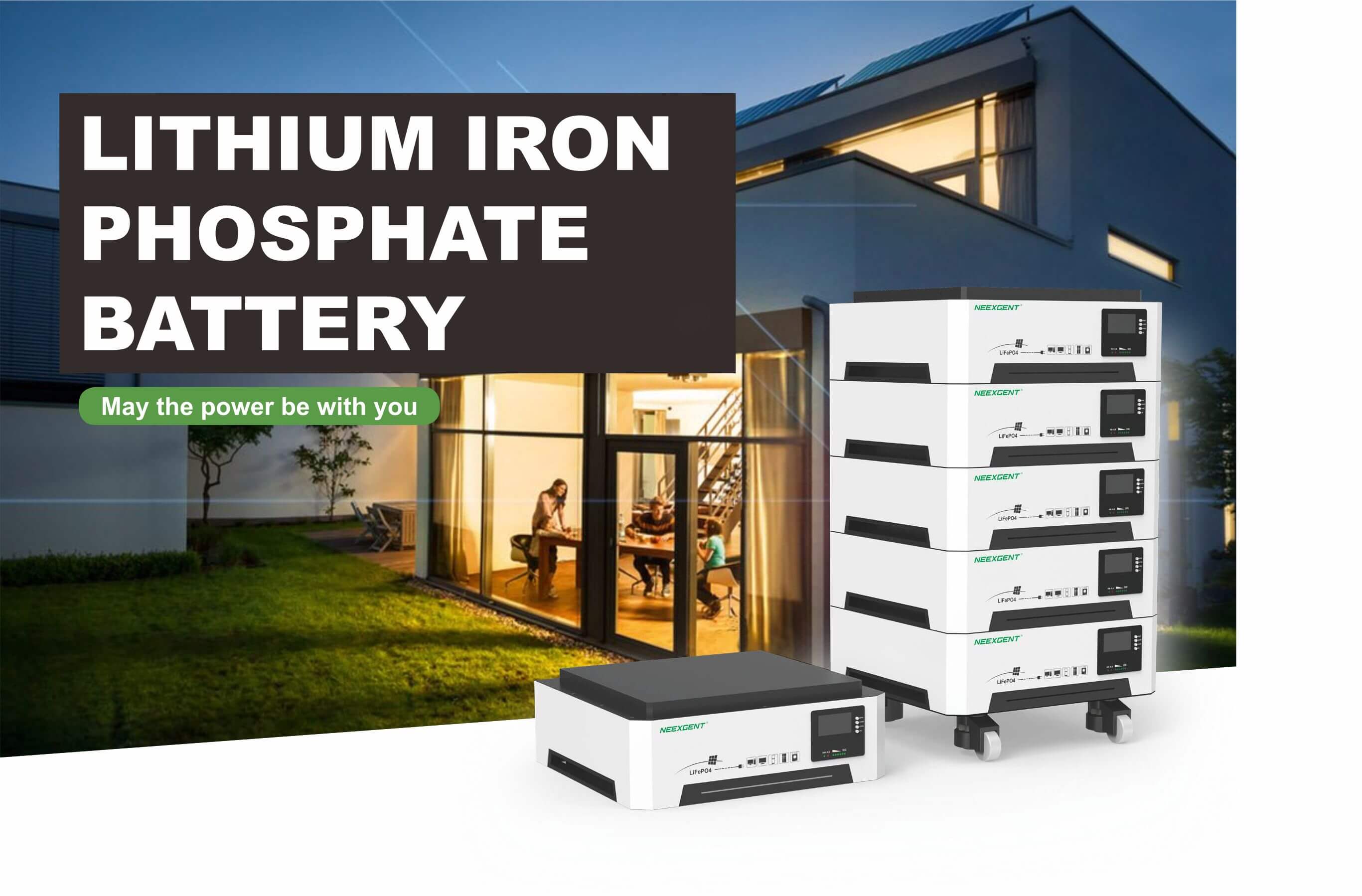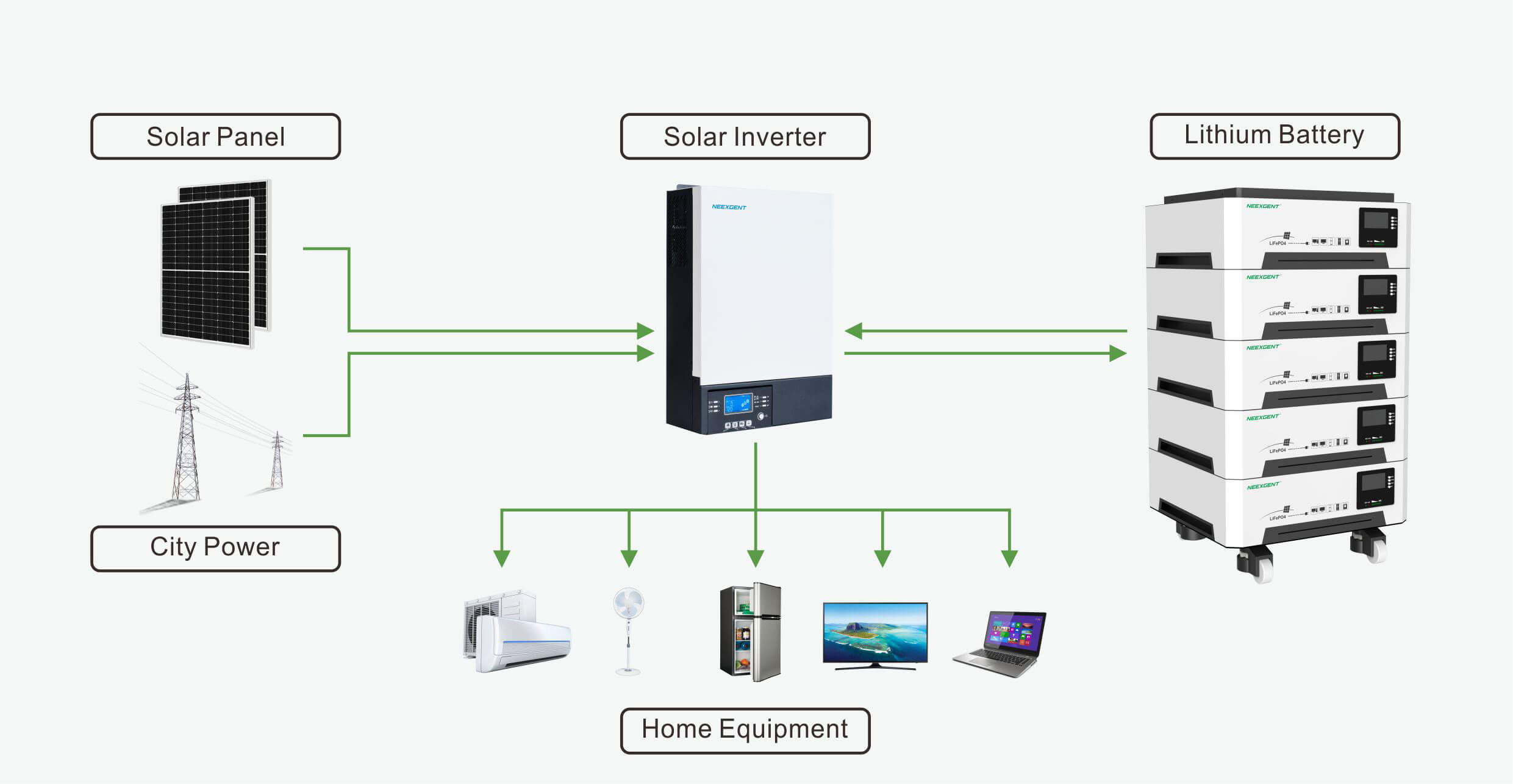
In recent years, there has been a growing demand for energy storage solutions to support renewable energy sources, such as solar and wind power. Stacked energy storage batteries have emerged as a promising technology to meet this demand.
1. What is a Stacked Energy Storage Battery?
A stacked energy storage battery is a type of energy storage system that is composed of multiple battery modules stacked together in a single unit. These modules are connected in series or parallel to increase the overall capacity and voltage of the battery system. The use of multiple battery modules also provides redundancy, allowing the system to continue functioning even if one or more modules fail.
2. Components of a Stacked Energy Storage Battery
A stacked energy storage battery is composed of several key components, including:
- Battery modules - These are the individual battery units that make up the system. Each module contains one or more battery cells, which are connected together in series or parallel to create a higher voltage or capacity.
- Battery management system (BMS) - This is a device that monitors and controls the performance of the battery system. The BMS is responsible for balancing the charge and discharge of each battery module, as well as protecting the system from overcharging, overheating, and over-discharging.
- Inverter - This device converts the DC voltage produced by the battery system into AC voltage that can be used to power electrical devices.
- Cooling system - A stacked energy storage battery generates heat during operation, so a cooling system is necessary to maintain the temperature within a safe range.

3. How a Stacked Energy Storage Battery Works?
A stacked energy storage battery works by storing electrical energy in the form of chemical energy. When the battery is charged, the chemical reactions within the battery modules create an electrical potential difference between the positive and negative electrodes. This potential difference is maintained until the battery is discharged, at which point the chemical reactions reverse and electrical energy is released.
The battery management system plays a critical role in ensuring that the battery modules are charged and discharged in a balanced and controlled manner. If one or more battery modules become overcharged or over-discharged, the BMS will automatically adjust the charging and discharging of the other modules to maintain balance.
4. Advantages of Stacked Energy Storage Batteries
- Scalability - Stacked energy storage batteries are highly scalable, allowing users to easily increase the capacity and voltage of the system by adding additional battery modules. This makes them suitable for a wide range of applications, from small residential systems to large commercial and industrial installations.
- High efficiency - Stacked energy storage batteries have a high energy conversion efficiency, typically between 85% and 95%. This means that most of the energy stored in the battery is available for use, with minimal losses due to heat or other factors.
- Redundancy - Stacked energy storage batteries provide redundancy by using multiple battery modules. This means that the system can continue to function even if one or more modules fail, improving the overall reliability and uptime of the system.
- Flexibility - Stacked energy storage batteries can be used in a wide range of applications, from off-grid power systems to grid-tied systems that support renewable energy sources such as solar and wind power.







